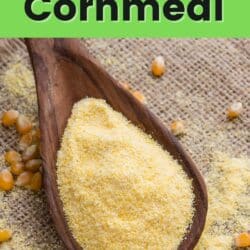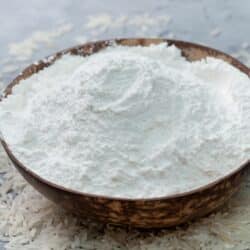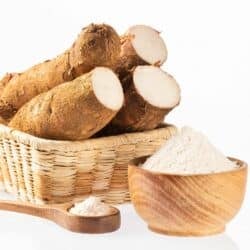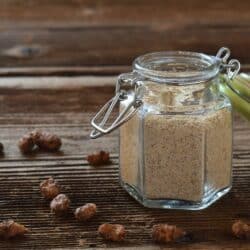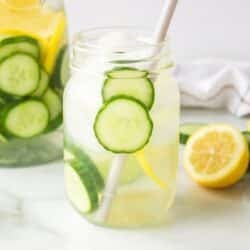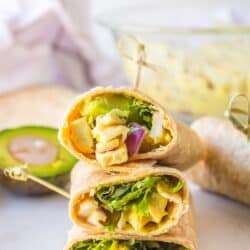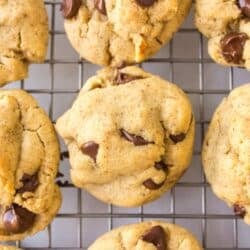5+ Cornmeal Substitutes for Baking or Frying
Cornmeal is a ground corn product that is essential for recipes like cornbread and corn muffins. But what do you use if you are out of cornmeal in order to replicate a similar flavor and texture? This article includes cornmeal substitutes for your kitchen including polenta, corn grits, corn flour, corn chips, and oat flour.
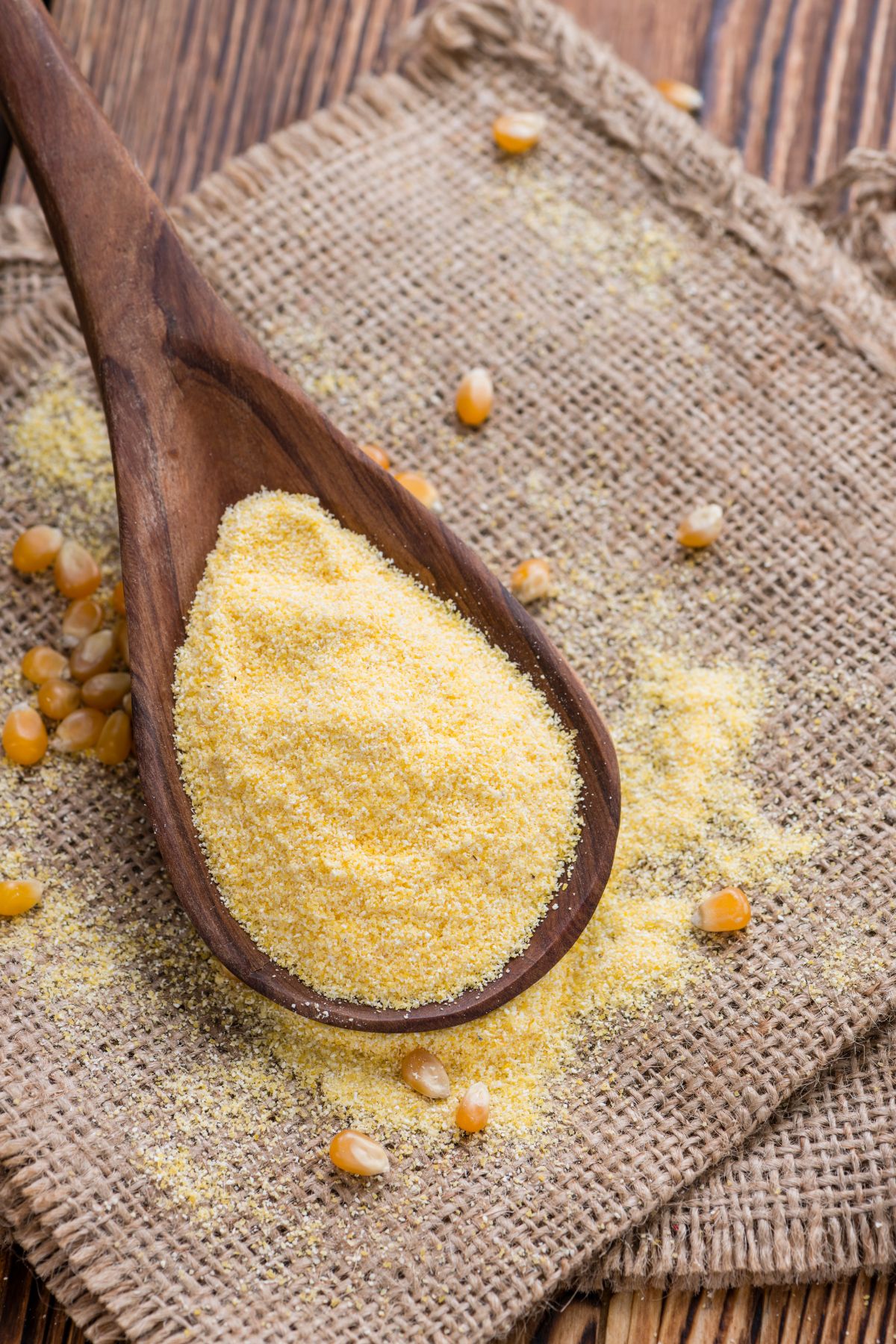
Overview of Cornmeal
What it’s made from
Cornmeal is a type of flour made from ground corn. It is a staple ingredient in many dishes, including cornbread. Cornmeal can be either white or yellow, depending on the type of corn used to make it. It is also available in different grinds, from fine to coarse.
When choosing cornmeal, it is important to consider its use. For example, a finer grind is better suited for making pancakes, while a coarser grind is better for making cornbread.
How it’s used
It is used in many different cuisines, from American cornbread and muffins to Italian polenta.
Cornmeal can be found in several different grinds, from fine to coarse. The coarser the grind, the more texture it will add to dishes like this Dairy-Free Corn Casserole.
It can also be used as a coating for fried foods, or as a thickener for soups and stews. Whatever the dish, cornmeal is a versatile ingredient that can add flavor and texture to any meal.
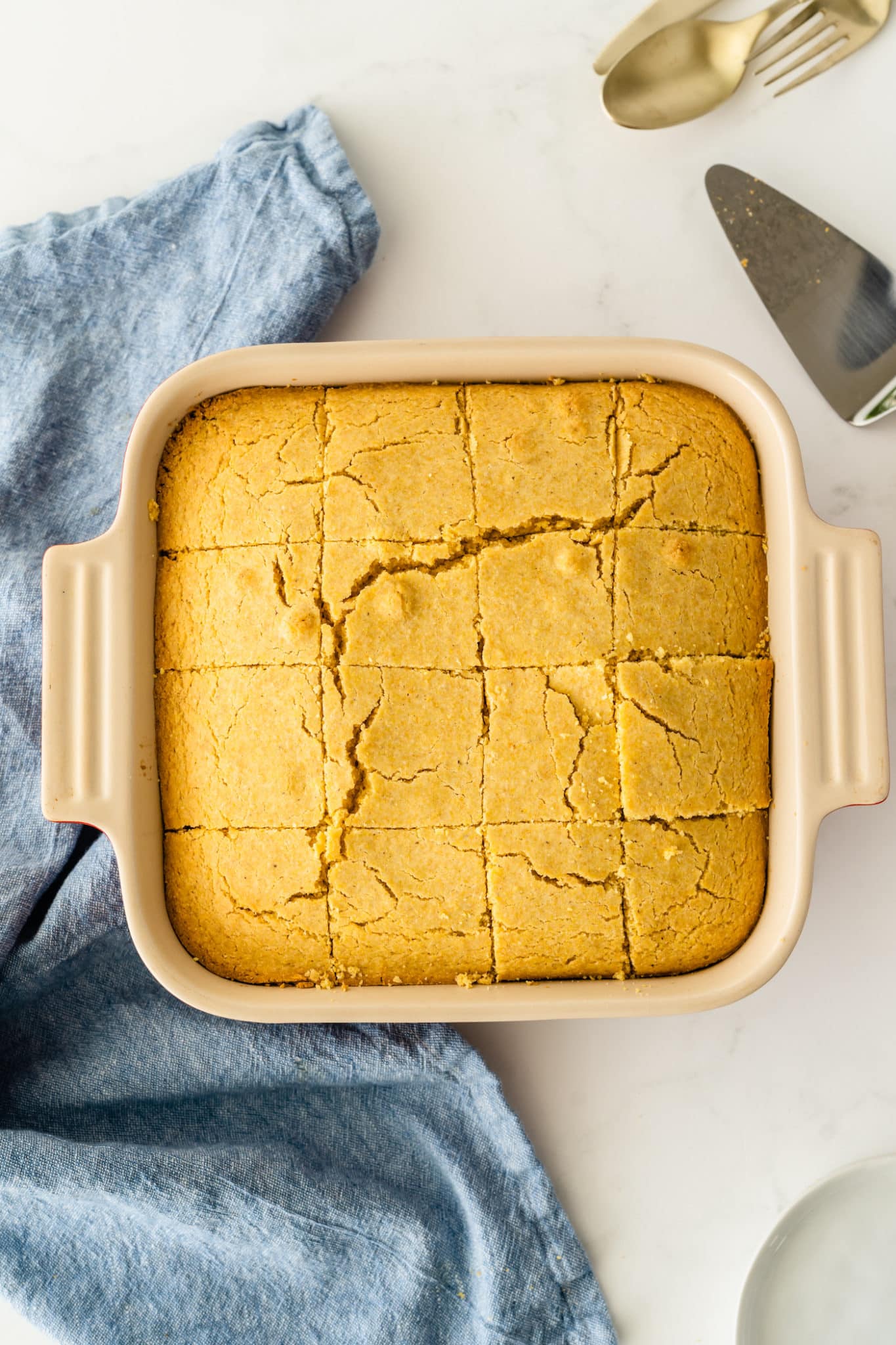
What kinds of recipes use it
As a result, recipes that call for cornmeal often require less liquid than similar recipes that use wheat flour. When used correctly, cornmeal can add a delicious crunch and flavor to your favorite dishes.
How cornmeal is used as a thickener
When used as a thickener, cornmeal helps to create a smooth and creamy texture in sauces and soups and can also be used to add body to gravies.
In addition to its ability to thicken, cornmeal also adds a slight corn flavor to dishes. For this reason, it is best used in recipes where the corn flavor will complement the other ingredients.
When using cornmeal as a thickener, it is important to whisk it into liquids gradually to avoid clumping.
How it differs from cornstarch
Cornstarch is a fine powder made from the endosperm of the corn kernel. It can also be used to coat surfaces before frying.
Cornmeal is coarser than cornstarch and has more of a flavor to it.
Substitutes for Cornmeal
1. Polenta
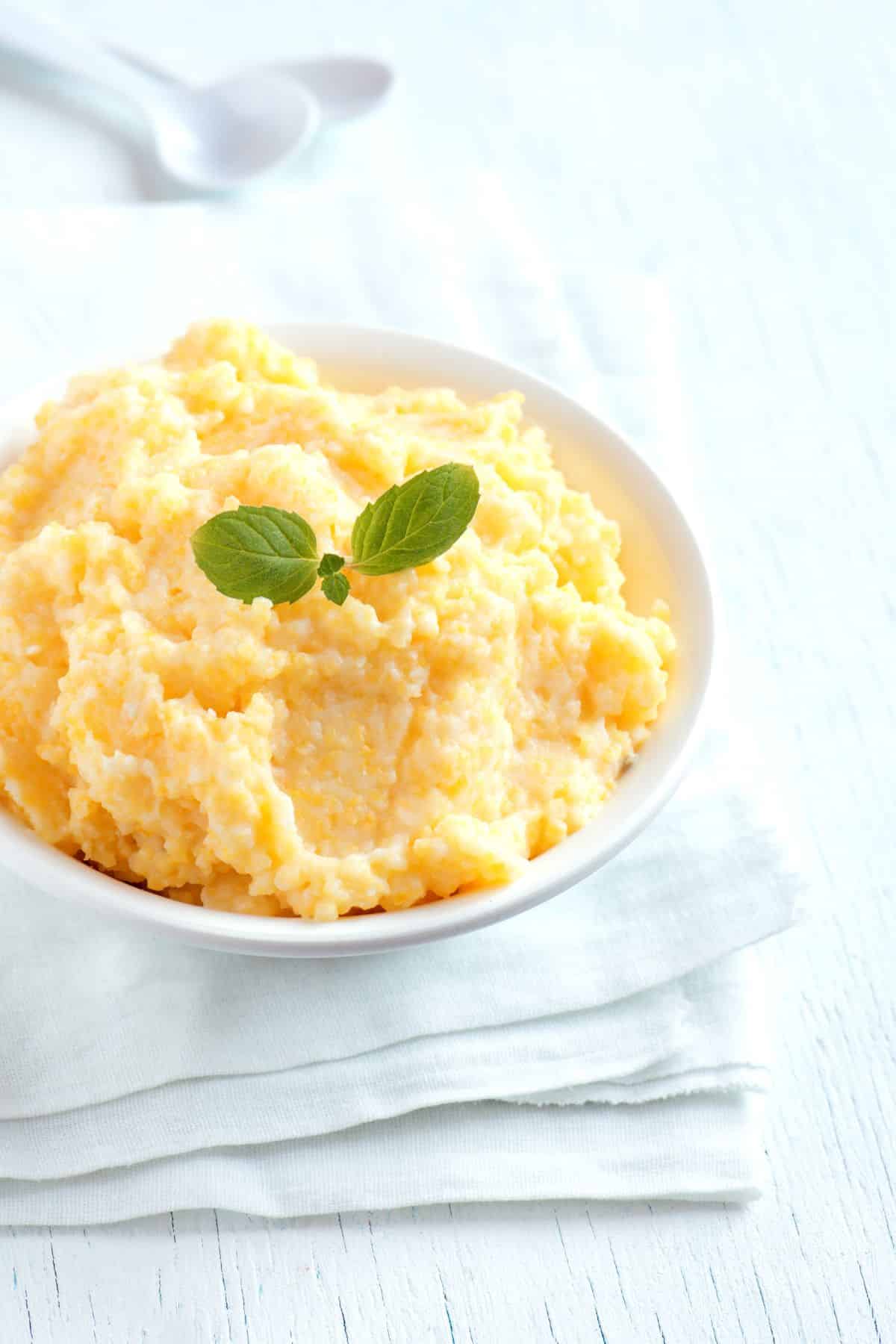
Polenta is a dish of boiled cornmeal that originates from Northern Italy. It can be served hot or cold and can be either soft and mushy or firm and sliceable. Polenta is typically made with yellow cornmeal, but white corn can also be used.
Polenta has a slightly thicker texture than that of cornmeal, but it is a great cornmeal substitute based on the flavor profile and similar texture.
To substitute one cup of cornmeal, use one cup of polenta.
2. Corn Grits
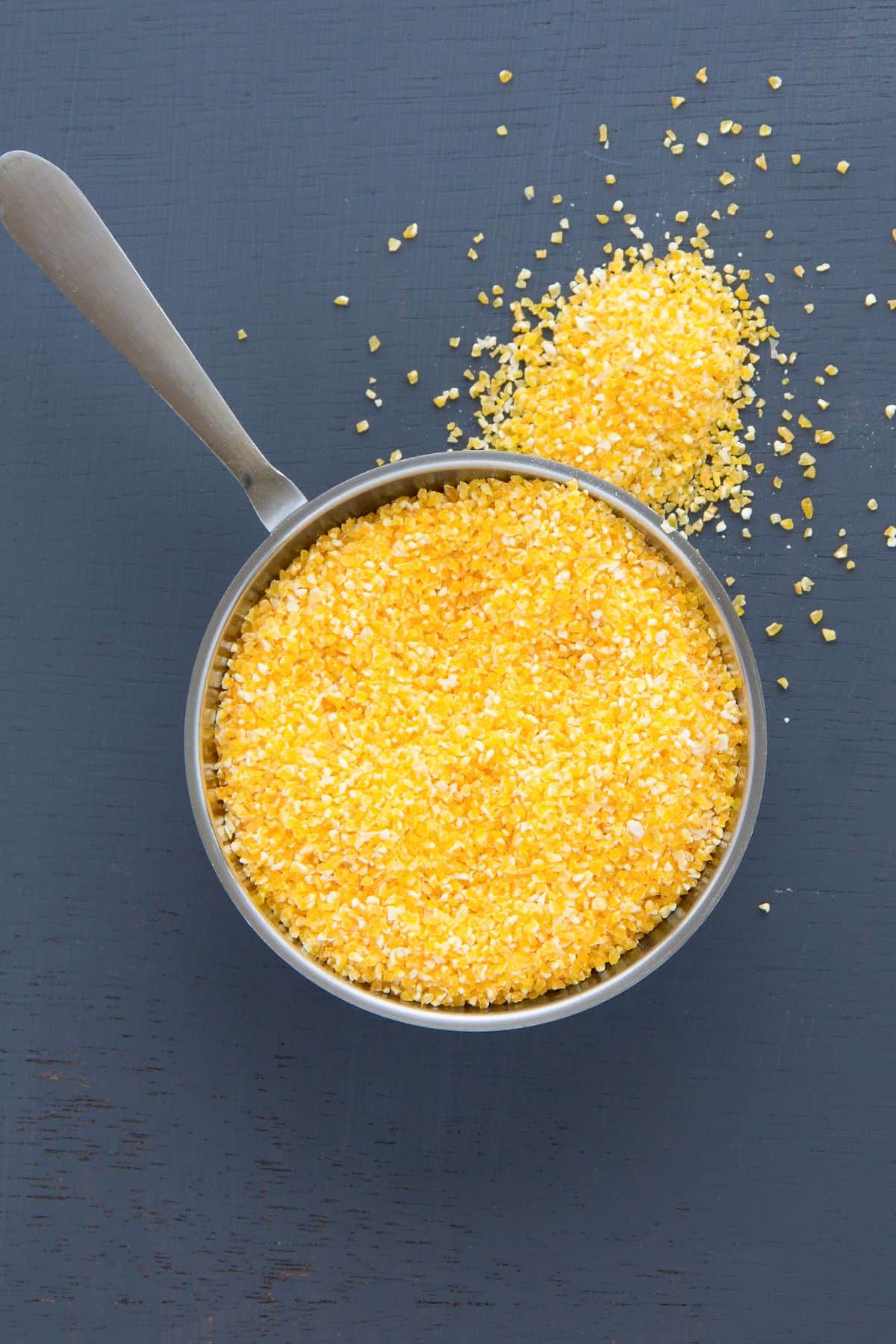
Corn grits are a type of coarsely ground cornmeal that is popular in the southern United States. They are typically used to make thick, hearty breakfasts like shrimp and grits and other dishes. Corn grits can also be used as a crunchy coating for fried foods.
Corn grits are a good source of fiber and protein. When cooked, corn grits have a creamy texture and a mild flavor that makes them versatile and easy to eat.
No matter how they are used, corn grits add a delicious flavor and coarse texture to any dish.
To substitute one cup of cornmeal, use 3/4ths of a cup of corn grits.
3. Corn Flour
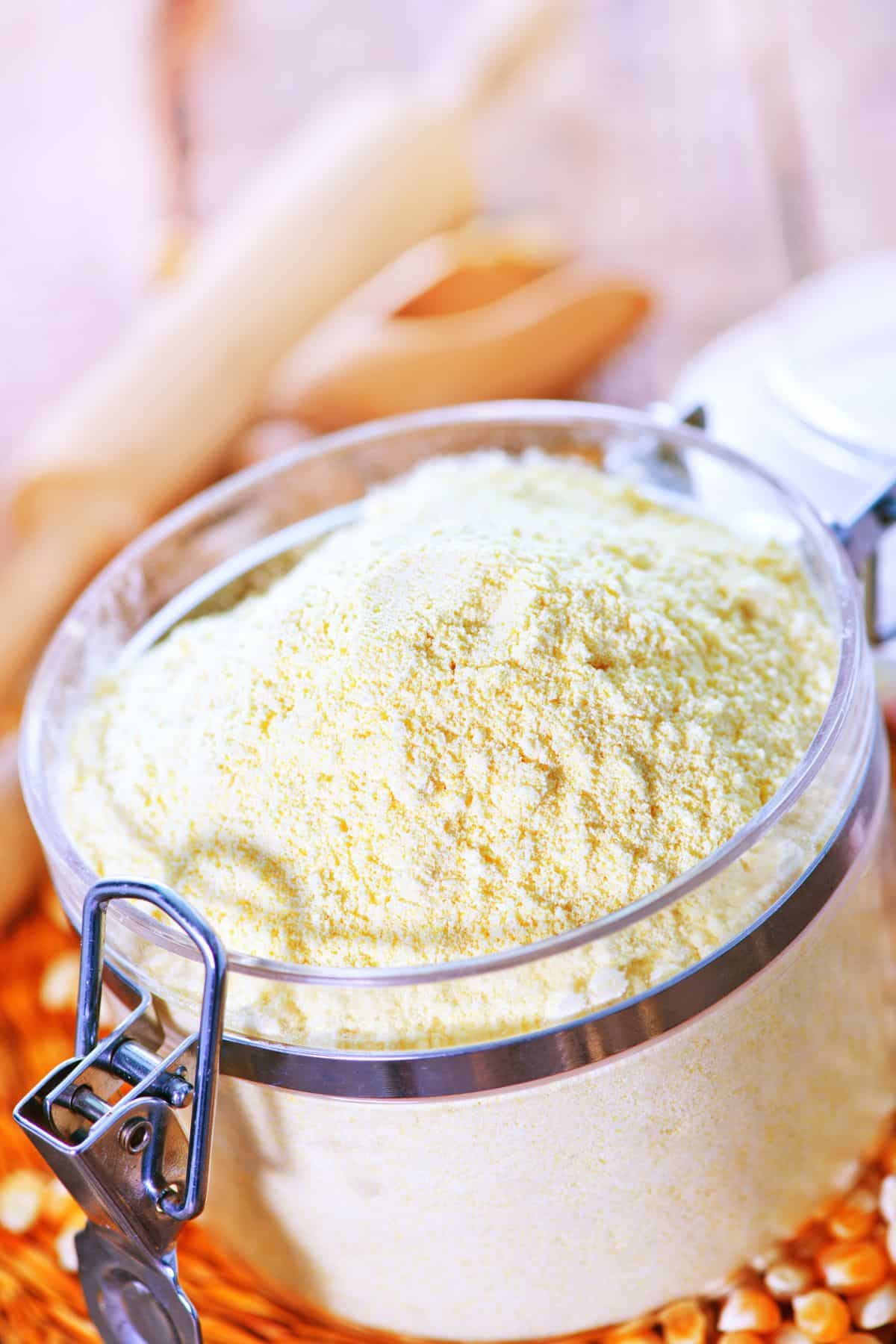
Corn flour is a powder made from grinding dried whole corn kernels. It’s finer than cornmeal but not as fine as wheat flour or rice flour.
Corn flour is less dense than cornmeal and makes a fluffier appearance. When combined with milk or water, it forms a thick batter perfect for coating chicken, fish, or vegetables. And, because it’s gluten-free, corn flour is also a popular choice for those with celiac disease or gluten sensitivities (be sure to purchase brands that are certified gluten-free if necessary).
Corn flour provides some essential vitamins and minerals. It is an inexpensive and gluten-free alternative to wheat flour and is also a great substitute for cornmeal.
To substitute one cup of cornmeal, use 3/4ths of a cup of corn flour.
4. Ground-up Corn Chips
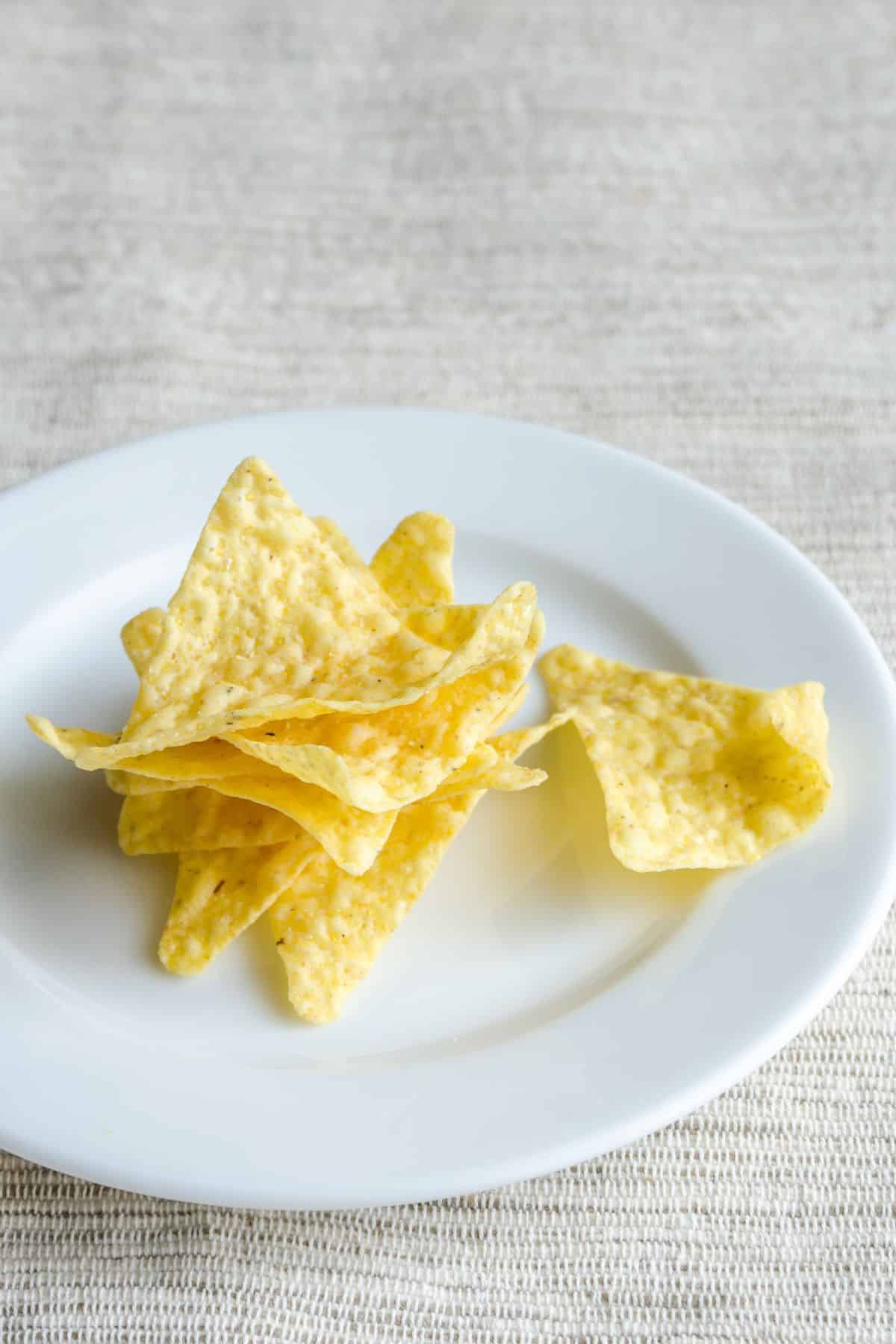
Most people love corn chips, but few realize that they can be used for more than just snacking. In fact, ground-up corn tortilla chips can be a great way to add texture and flavor to a variety of dishes.
For example, they can be used as breading for fried chicken or fish. They can also be added to chili or soup for an extra layer of flavor. Additionally, ground-up corn chips can be used as a filling for tacos or burritos. And, of course, they can still be enjoyed as a tasty snack on their own.
So, the next time you’re looking for a great alternative to cornmeal, reach for the corn chips. You might be surprised at how versatile they are. Grind them in a food processor or just wrap them in a towel and give them a few good whacks with a rolling pin.
This can be a good substitute for corn meal depending on the recipe you are making.
To substitute one cup of cornmeal, use one cup of ground corn chips.
5. Additional substitutes
There are some additional foods you can use in place of cornmeal. If you don’t have any of the options above, you can consider ground oats, masa harina, bread crumbs, ground flaxseed, polenta flour, smashed cornflakes, homemade cornmeal, or hominy grits.
Most corn products are relatively inexpensive and can be found at your local grocery store. It will really depend on what you are making that determines the best cornmeal replacement.
More Substitute Articles You Might Like
Conclusions
Cornmeal is a versatile ingredient that can be used for both sweet and savory dishes. It’s also a great thickener, which makes it perfect for gravies and sauces. While there are several substitutes for cornmeal, each one will add its own unique flavor and texture to your dish.
Don’t forget to join my newsletter list to get exclusive clean eating recipes and tips. The newsletter is 100% free with no spam; unsubscribe anytime.
About the Author: Carrie Forrest has a master’s degree in public health with a specialty in nutrition and is a certified holistic nutritionist. She is a top wellness and food blogger with over 5 million annual visitors to her site. Carrie has an incredible story of recovery from chronic illness and is passionate about helping other women transform their health. Send her a message through her contact form.


